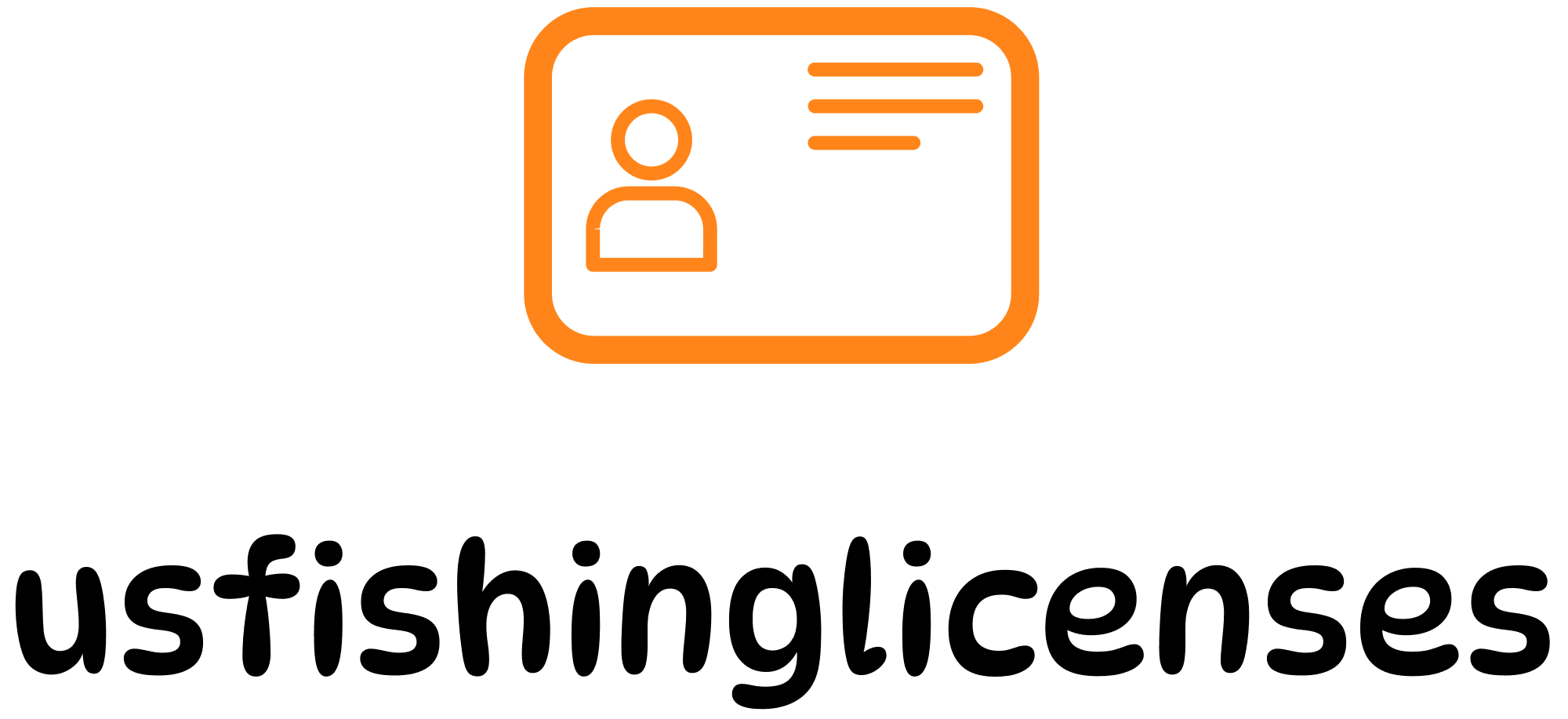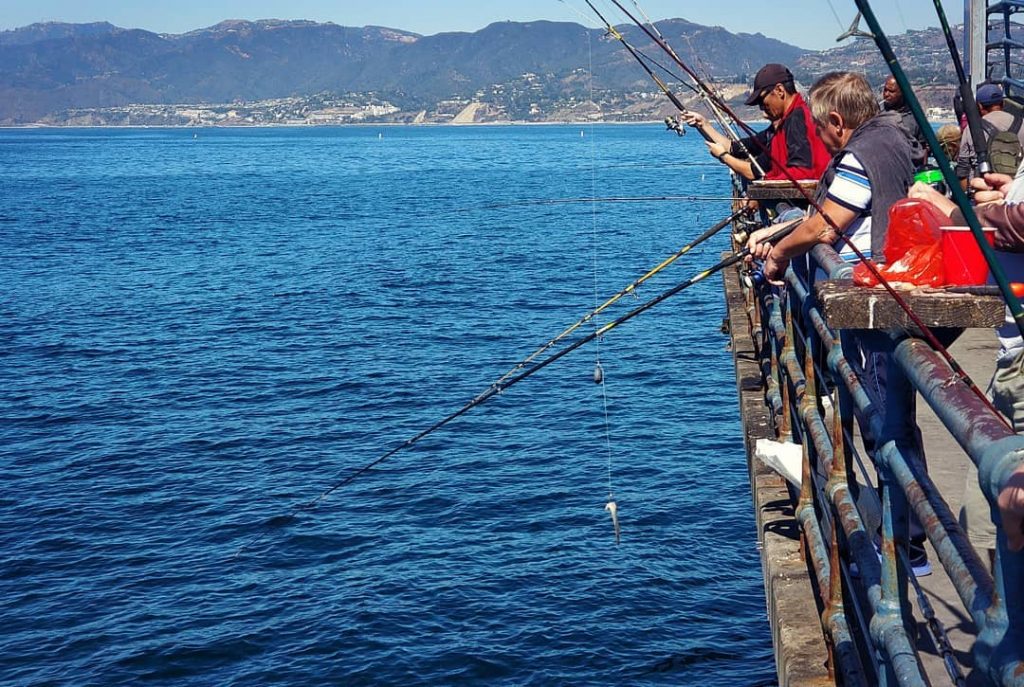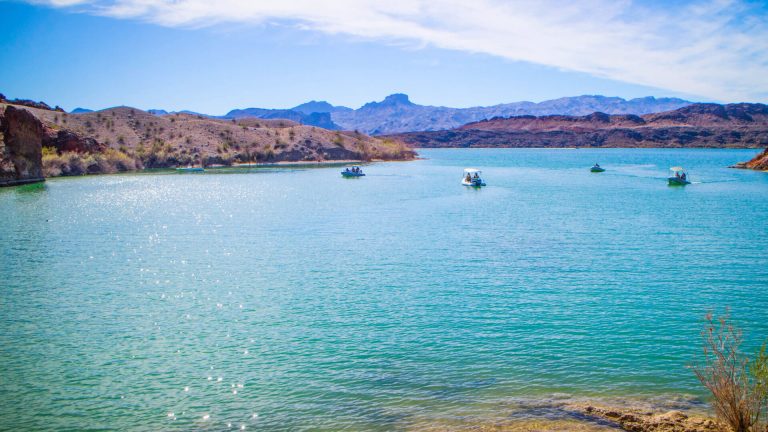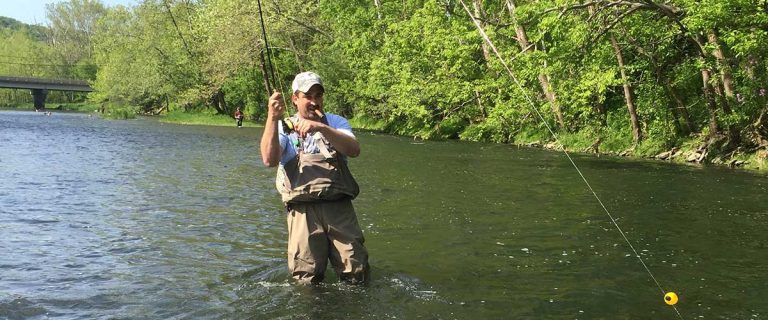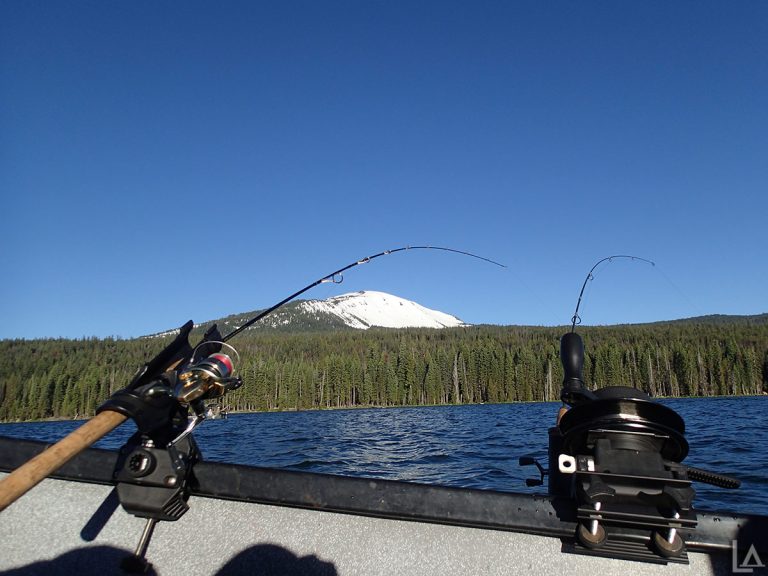Minnesota’s urban fishing programs offer families exceptional opportunities to enjoy fishing without the barrier of obtaining licenses in specific locations. The Fishing in the Neighborhood (FiN) program and state park exemptions make fishing more accessible, especially for beginners and families looking for affordable outdoor activities close to home.
Where Minnesotans Can Fish Without a License
Minnesota residents have several options for license-free fishing throughout the year:
- State Parks: Residents can fish without a license in most Minnesota state parks year-round, provided the water doesn’t require a trout stamp
- Take a Kid Fishing Weekend: During this annual event (June 7-9, 2024), adults can fish for free when accompanied by children 15 or younger
- Take a Kid Ice Fishing Weekend: From January 18-20, 2025, residents 16 and older can fish free when with children younger than 16
- Take a Mom Fishing Weekend: Every Mother’s Day weekend, Minnesota resident mothers can fish without a license
These opportunities are part of Minnesota’s effort to encourage more families to experience the joy of fishing together while removing cost barriers for newcomers.
The FiN Program: Making Urban Fishing Accessible
The Fishing in the Neighborhood (FiN) program, launched by the Minnesota Department of Natural Resources, specifically targets urban communities by creating quality fishing opportunities close to where people live. As Minnesota’s population has become increasingly urbanized, the DNR recognized the growing need for easily accessible fishing opportunities in metro areas.
The program builds on existing urban fisheries management through:
- Regular fish stocking in urban lakes and ponds
- Installation and maintenance of fishing piers and shore access points
- Aeration systems to prevent winter fish kills
- Educational programs and community outreach
- Partnership with local parks departments and lake associations
Top No-License Fishing Locations in the Twin Cities Metro
Minneapolis and the surrounding metro area offer numerous family-friendly fishing opportunities. Here are some of the best locations where Minnesota residents can fish without a license in state parks or during special events:
Minneapolis Park System Locations
Cedar Lake
- Fishing Pier: West 22nd Street and Cedar Lake Parkway
- Species: Musky, Northern Pike, and Bass
- Amenities: Canoe dock at Cedar Lake Point Beach
Bde Maka Ska
- Fishing Pier: West 36th Street and West Calhoun Parkway
- Species: Crappies, panfish, and Musky
- Kid-friendly shore access
Lake Nokomis
- Fishing Piers: North side of lake (East Minnehaha Parkway) and Southeast side (between East 54th and 55th streets)
- Note: Ongoing common carp research, but fishing remains allowed
Loring Lake
- Fishing Pier: South side of lake
- Species: Crappies, sunfish, and adult catfish up to 10 pounds
- Excellent urban fishing experience
FiN Program Enhanced Sites
Webber Pond
- Location: Minneapolis, Camden Park, Webber Parkway and Aldrich Avenue North
- Depth: 4 feet
- Species: Bluegill, Channel catfish
- Amenities: Good parking, grills, playground, walking path
- Accessibility: Fair
- Special note: Stocked with adult channel catfish every June
Taft Lake
- Location: Richfield, Taft Park, Cedar Avenue and Highway 62
- Depth: 45 feet
- Species: Bluegill, Black crappie, Largemouth bass
- Amenities: Restrooms, good parking, picnic tables, grills, playground, fishing pier, walking path
- Accessibility: Good
- Special note: Managed as a fishing pond since 1975
Wakefield Lake
- Location: Maplewood, Wakefield Park, Frost Avenue and Prosperity Road
- Depth: 9 feet
- Species: Bluegill, Black crappie, Largemouth bass, Northern pike, Bullhead
- Amenities: Restrooms, excellent parking, picnic tables, grills, playground, baseball, walking path, sledding
- Accessibility: Good
- Special feature: Three designated shorefishing stations
Free Fishing Equipment and Resources
Many Minnesota state parks offer free loaner fishing equipment on a first-come, first-served basis, making it even easier for families to try fishing without investing in gear:
- Fishing kits typically include a rod, reel, and stocked tackle box
- Equipment is available at select parks throughout the state
- No rental fee, though a state park vehicle permit is still required
To find parks with loaner equipment, visit the Minnesota DNR website for an updated map and list of participating locations.
Planning Your Family Fishing Trip
When planning a no-license fishing outing in Minnesota’s urban areas, consider these factors:
Best Times to Fish
While you can fish any time at eligible locations, consider:
- Early morning or evening hours typically yield better results
- Spring and early summer are excellent for panfish
- For FiN-stocked ponds, plan trips shortly after stocking events
What to Bring
Even with loaner equipment available, these items are helpful:
- Bait (worms, minnows, or artificial lures based on target species)
- Sunscreen and bug repellent
- Snacks and water
- Camera to capture memories
- Small first-aid kit
Fishing Regulations
While no license is required in designated areas/times, other fishing regulations still apply:
- Daily and possession limits must be followed
- Restrictions on fishing methods remain in effect
- Special regulations for certain water bodies must be observed
For complete information on Minnesota fishing regulations, visit the Minnesota DNR fishing regulations page.
Benefits of Urban Fishing Programs
Minnesota’s urban fishing initiatives offer numerous benefits:
- Accessibility: Creates fishing opportunities close to where people live
- Education: Introduces new anglers to proper techniques and conservation
- Family bonding: Provides quality outdoor time for families
- Cost-effective recreation: Offers affordable outdoor entertainment
- Conservation awareness: Promotes understanding of aquatic ecosystems
For those who enjoy urban fishing and want to explore more opportunities throughout the state, consider obtaining a full Minnesota fishing license through US Fishing Licenses, which provides detailed information on license types, fees, and regulations.
Environmental Stewardship and Education
The FiN program emphasizes environmental stewardship through several initiatives:
- Habitat improvement: Enhancement of shoreline vegetation and underwater habitat
- Water quality monitoring: Regular testing ensures healthy aquatic environments
- Educational programs: Teaching proper catch-and-release techniques
- Community involvement: Local partnerships for lake and pond cleanup events
These efforts help ensure sustainable fishing opportunities while fostering a conservation ethic among new anglers.
Conclusion
Minnesota’s Urban Fishing Program, particularly the FiN initiative and no-license opportunities, represents an innovative approach to making fishing accessible to urban residents. By removing barriers like licensing requirements (in specific locations and during special events) and providing access to equipment, Minnesota has created an inclusive program that introduces new generations to the joy of fishing while promoting conservation values.
For families looking to spend quality time outdoors without traveling far or investing heavily in equipment, these urban fishing opportunities provide the perfect entry point to a lifetime of fishing enjoyment.
To learn more about fishing opportunities throughout Minnesota or to purchase licenses for waters outside the no-license zones, visit US Fishing Licenses’ Minnesota page for comprehensive information on all fishing license options.
